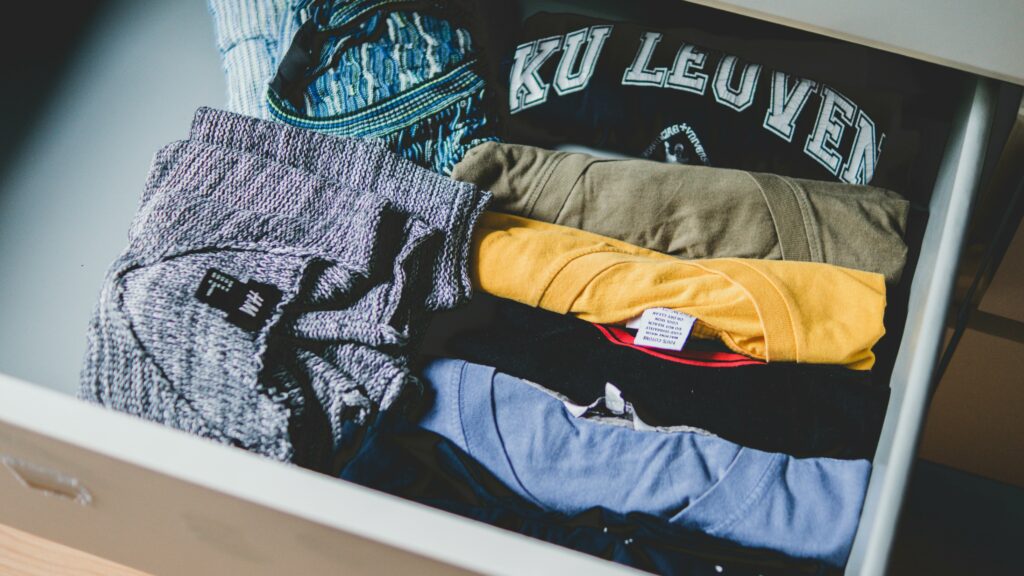The secondhand fashion market has experienced significant growth in recent years, driven by increasing consumer interest in sustainability, affordability, and unique style choices. In 2022, the global market value of secondhand and resale apparel was estimated at $177 billion, with projections to reach $351 billion by 2027.
Despite this expansion, the industry faces several challenges that could impact its future trajectory.
Quality Control and Overproduction
The influx of low-quality fast fashion items into the secondhand market poses a significant challenge. Many of these garments are not durable enough to withstand multiple ownership cycles, leading to increased textile waste. This situation forces secondhand retailers to be more selective, often favoring higher-end items, which can exacerbate economic disparities between different consumer groups.
Environmental Impact of Overconsumption
While secondhand shopping is often viewed as an eco-friendly alternative, overconsumption within this market can still contribute to environmental degradation. The sheer volume of discarded clothing, much of which is imported into developing countries, overwhelms local waste management systems, leading to pollution and other environmental issues.
Logistical Challenges and Carbon Footprint
The global nature of the secondhand clothing trade involves significant transportation, contributing to carbon emissions. Shipping large quantities of used clothing across continents adds to the industry’s environmental footprint, challenging the sustainability narrative often associated with secondhand fashion.
Market Saturation and Economic Disparities
The popularity of secondhand fashion has led to market saturation in some areas, driving up prices and reducing accessibility for lower-income consumers who rely on affordable clothing options. Additionally, the gentrification of thrift shopping has shifted the focus toward profit, sometimes at the expense of the communities these stores originally aimed to serve.
Counterfeit Goods and Authentication Issues
The rise of online retail platforms has brought challenges related to the authentication of luxury items. Instances of counterfeit goods slipping through verification processes undermine consumer trust and pose legal risks for platforms operating in the secondhand market.
Regulatory and Ethical Considerations
The secondhand fashion industry operates within a complex web of regulations that vary by country. Issues such as the importation of used clothing into developing nations raise ethical questions about the impact on local textile industries and economies. Pending legislation, like extended producer responsibility (EPR), aims to hold manufacturers accountable for the end-of-life of their products, potentially reshaping the secondhand market landscape.
Conclusion
While the secondhand fashion market offers promising avenues for sustainable consumption and economic opportunity, it is not without its challenges. Addressing issues related to quality control, environmental impact, market accessibility, counterfeit goods, and regulatory compliance is essential for the industry to realize its full potential as a sustainable alternative in the fashion ecosystem.


